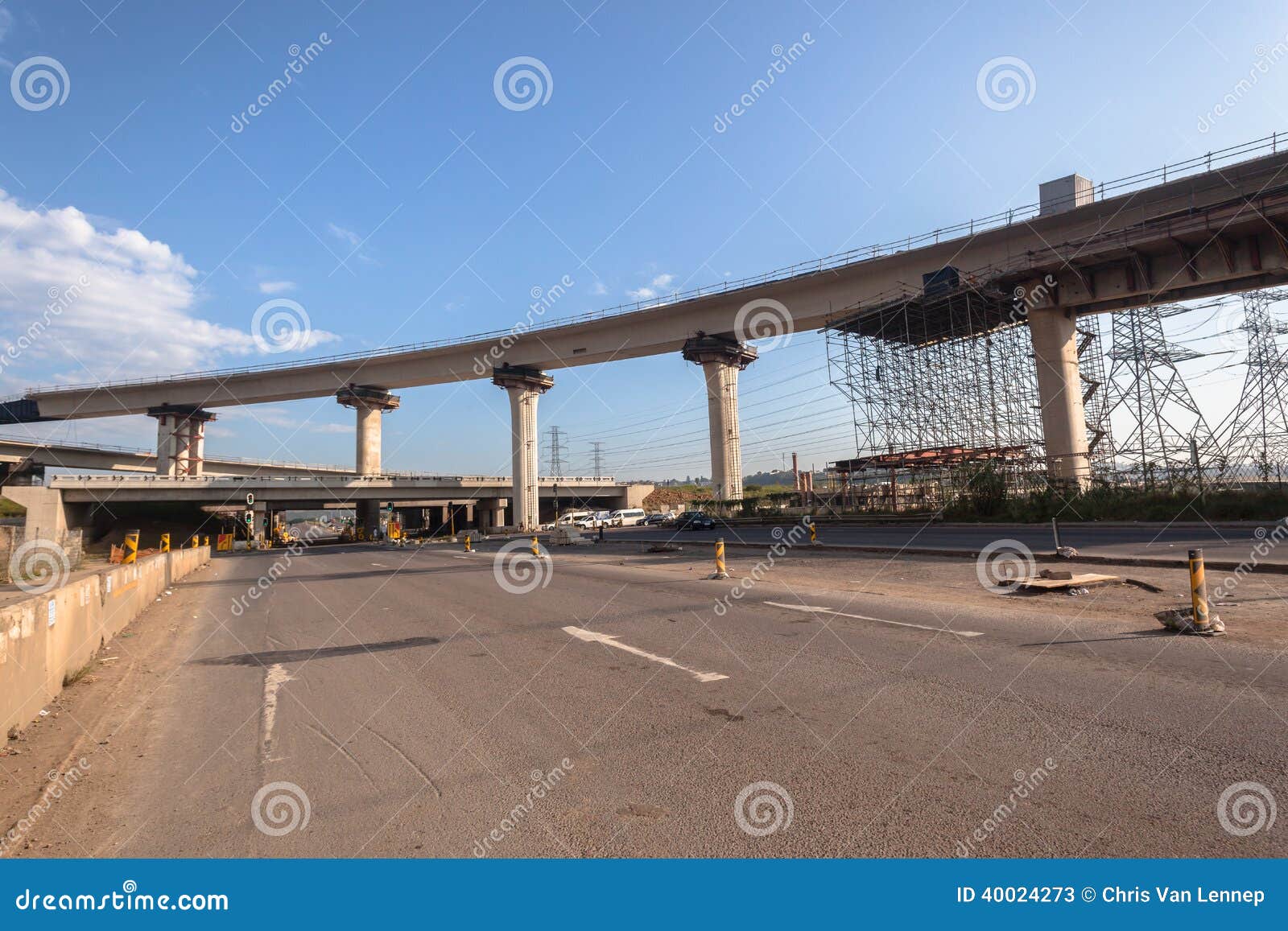The Intersection Of Civil Engineering And Public Safety

In modern cities, transportation is an essential aspect of daily life. People rely on transportation to go to work, school, and run errands. The transportation network plays a critical role in the economic growth and development of an area. One of the most critical components of transportation is intersection capacity.
Intersection capacity refers to the amount of traffic that can safely pass through an intersection. In other words, it's the capacity of the intersection to handle the flow of traffic without causing congestion or accidents.
Intersection capacity is a crucial factor in designing transportation networks, especially in urban areas. In this post, we'll dive deeper into intersection capacity and its importance in civil engineering.
What is Intersection Capacity Analysis?
Intersection capacity analysis is a crucial part of designing the transportation network. It involves analyzing the flow of traffic at an intersection and calculating the capacity of the intersection. The capacity of the intersection is the maximum number of vehicles that can pass through the intersection safely and efficiently.
There are different methods of analyzing intersection capacity. One of the most commonly used methods is the Highway Capacity Manual (HCM) method. This method uses data on traffic volume, car speeds, and arrival patterns to calculate the capacity of the intersection.
Why is Intersection Capacity Important?
Intersection capacity is essential because it affects the efficiency and safety of the transportation network. An intersection with low capacity can cause traffic jams, delays, and accidents. All of these can lead to increased travel times, higher fuel consumption, and increased air pollution.
On the other hand, an intersection with high capacity can handle more traffic and reduce congestion and delays. This can lead to shorter travel times, lower fuel consumption, and improved air quality.
Factors that Affect Intersection Capacity
Several factors affect intersection capacity. The most common factors include:
- Traffic volume
- Vehicle mix (cars, buses, trucks, bicycles, etc.)
- Vehicle speed
- Arrival patterns (e.g., rush hour vs. off-peak hours)
- Intersection layout and design
- Pedestrian and bicycle traffic
Each of these factors can affect the capacity of the intersection. For example, a high volume of traffic can reduce the capacity of the intersection, while a low mix of vehicles (e.g., mostly cars) can increase the capacity.
Improving Intersection Capacity
Improving intersection capacity is essential for reducing congestion, increasing safety, and improving the efficiency of the transportation network. There are several strategies that engineers and planners can use to improve intersection capacity.
One strategy is to improve the design of the intersection. This involves reconfiguring the intersection to improve traffic flow, reduce delays, and increase safety. For example, adding turn lanes, changing the signal timing, or implementing a roundabout can all improve intersection capacity.
Another strategy is to optimize the traffic signal timing. This involves syncing the traffic signals at several intersections to improve traffic flow and reduce delays. Timing the traffic signals correctly can prevent traffic jams, reduce fuel consumption, and reduce air pollution.
The Role of Civil Engineers in Intersection Capacity
Civil engineers play a crucial role in designing and building transportation networks. They work closely with planners, architects, and other professionals to ensure that the transportation network is safe, efficient, and meets the needs of the community. They use their expertise to design intersections with high capacity that can handle the flow of traffic without causing congestion or accidents.
Civil engineers also analyze intersection capacity and provide recommendations on how to improve it. They work with traffic engineers to optimize traffic signal timing and improve the design of the intersection. They also work with other professionals to ensure that pedestrians and bicycles can safely travel through the intersection.
Conclusion
Intersection capacity is a critical aspect of designing and building transportation networks. It affects the safety, efficiency, and environmental impact of the transportation network. Civil engineers play a crucial role in analyzing and improving intersection capacity. By working together, we can design transportation networks that are safe, efficient, and meet the needs of the community.
Thank you for reading and if you have any questions, please don't hesitate to reach out to us!
FAQ
What is intersection capacity?
Intersection capacity refers to the amount of traffic that can safely pass through an intersection. It's the capacity of the intersection to handle the flow of traffic without causing congestion or accidents.
Why is intersection capacity important?
Intersection capacity is essential because it affects the efficiency and safety of the transportation network. An intersection with low capacity can cause traffic jams, delays, and accidents. In contrast, an intersection with high capacity can handle more traffic and reduce congestion and delays.
What factors affect intersection capacity?
Several factors affect intersection capacity, including traffic volume, vehicle mix, vehicle speed, arrival patterns, intersection layout and design, and pedestrian and bicycle traffic.
How can we improve intersection capacity?
We can improve intersection capacity by improving the design of the intersection, optimizing the traffic signal timing, and implementing other strategies like roundabouts.
What is the role of civil engineers in intersection capacity?
Civil engineers play a crucial role in designing and building transportation networks. They work closely with planners, architects, and other professionals to ensure that the transportation network is safe, efficient, and meets the needs of the community.


Post a Comment for "The Intersection Of Civil Engineering And Public Safety"